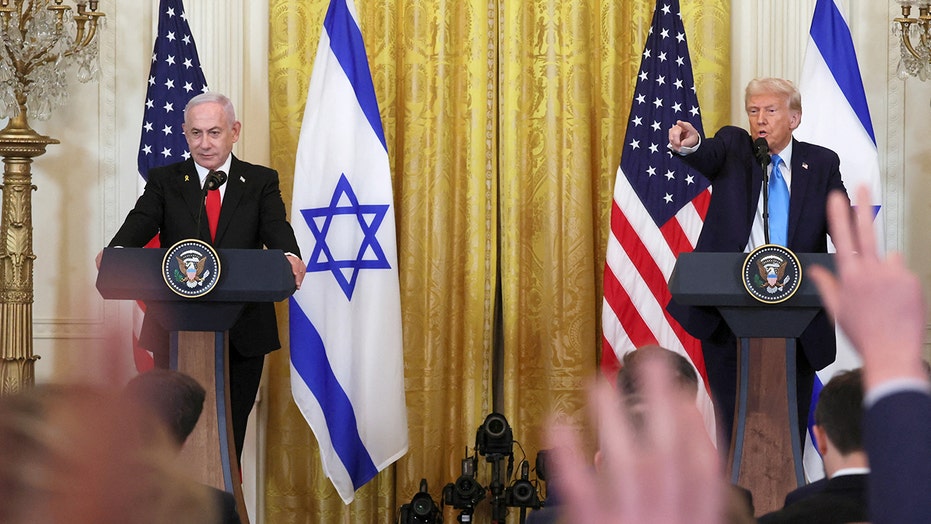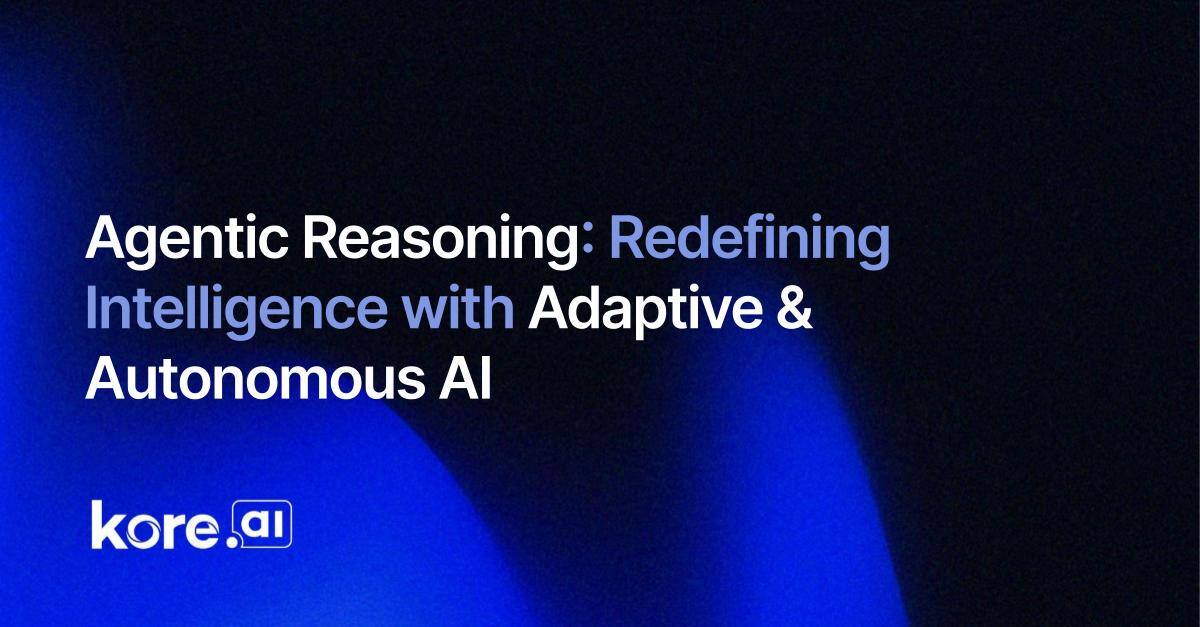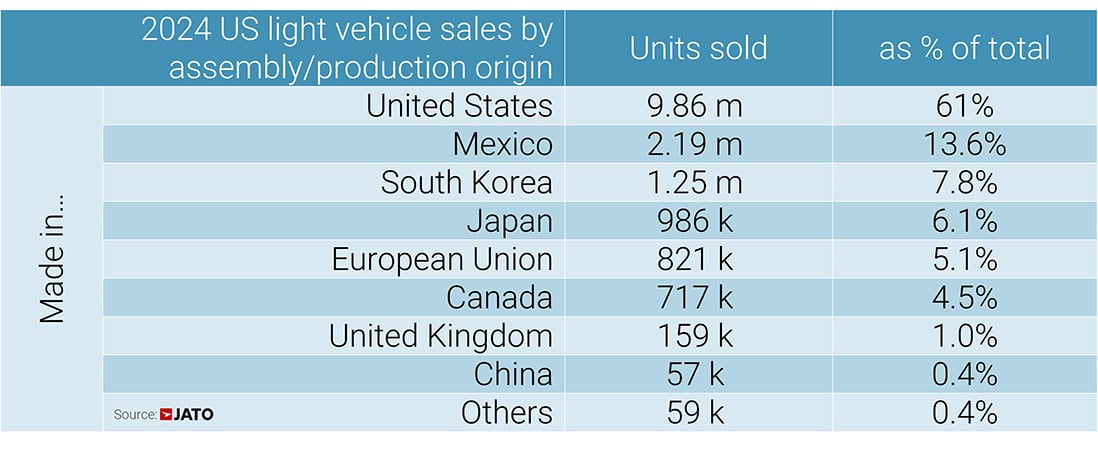CEOs under the lens: How media and social conversations shape perceptions of business leaders
Corporate leaders have always been a focal point for media and public attention, but recent trends highlight how CEOs and their actions dominate headlines and fuel social media debates. Whether it’s governance scandals, strategic innovations, or personal controversies, these leaders are increasingly seen as the embodiment of their organisations. This phenomenon has significant implications, not […] The post CEOs under the lens: How media and social conversations shape perceptions of business leaders appeared first on Isentia.
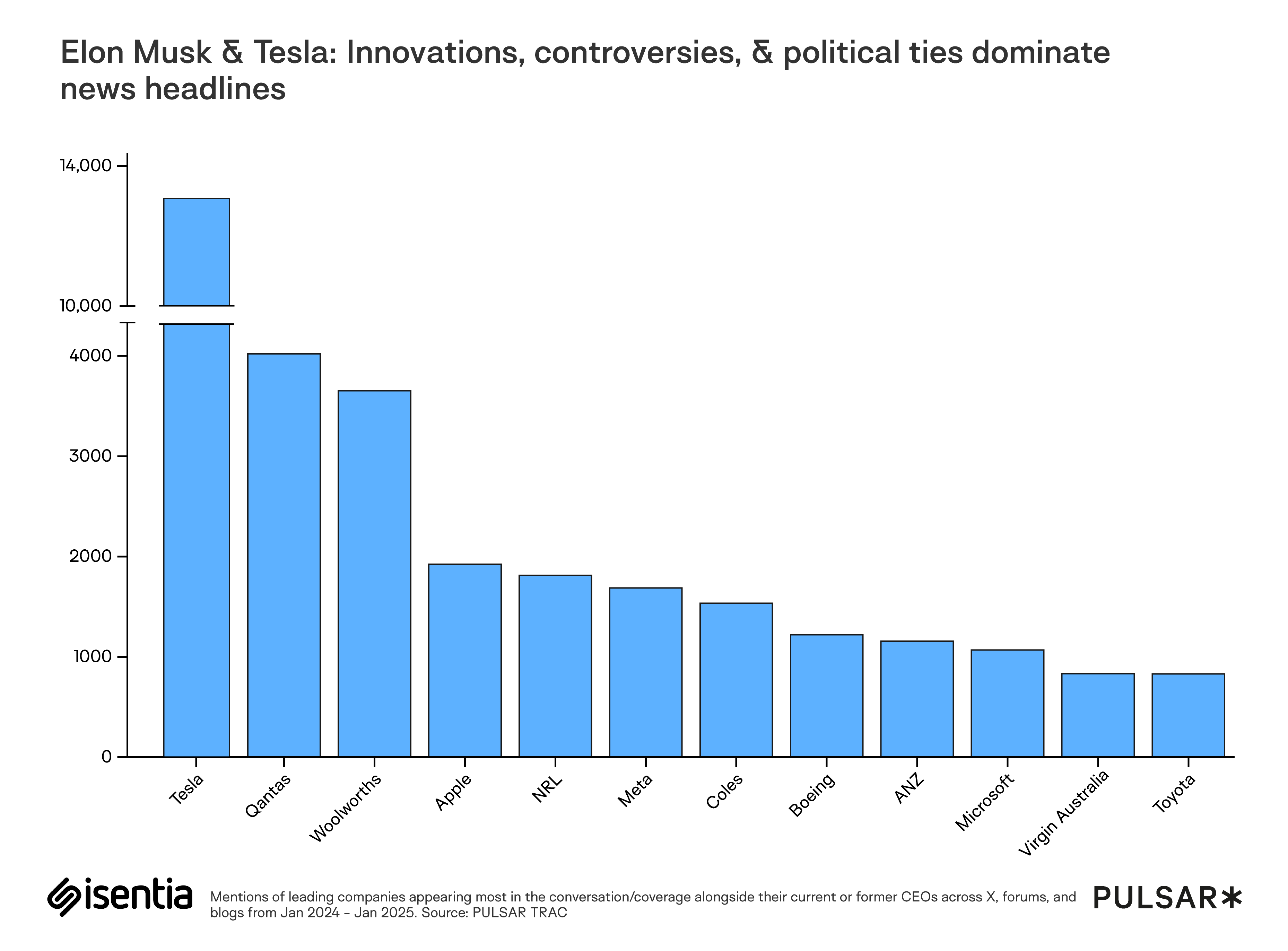
Corporate leaders have always been a focal point for media and public attention, but recent trends highlight how CEOs and their actions dominate headlines and fuel social media debates. Whether it’s governance scandals, strategic innovations, or personal controversies, these leaders are increasingly seen as the embodiment of their organisations. This phenomenon has significant implications, not only for corporate reputations but also for the way businesses communicate with their stakeholders.
Companies making headlines often have CEOs at the centre of pivotal events. High-profile scandals, like Woolworths’ former CEO Brad Banducci’s reported question avoidance at a senate inquiry, and PwC’s tax leaks, underscore the strong link between leadership and the news cycle.
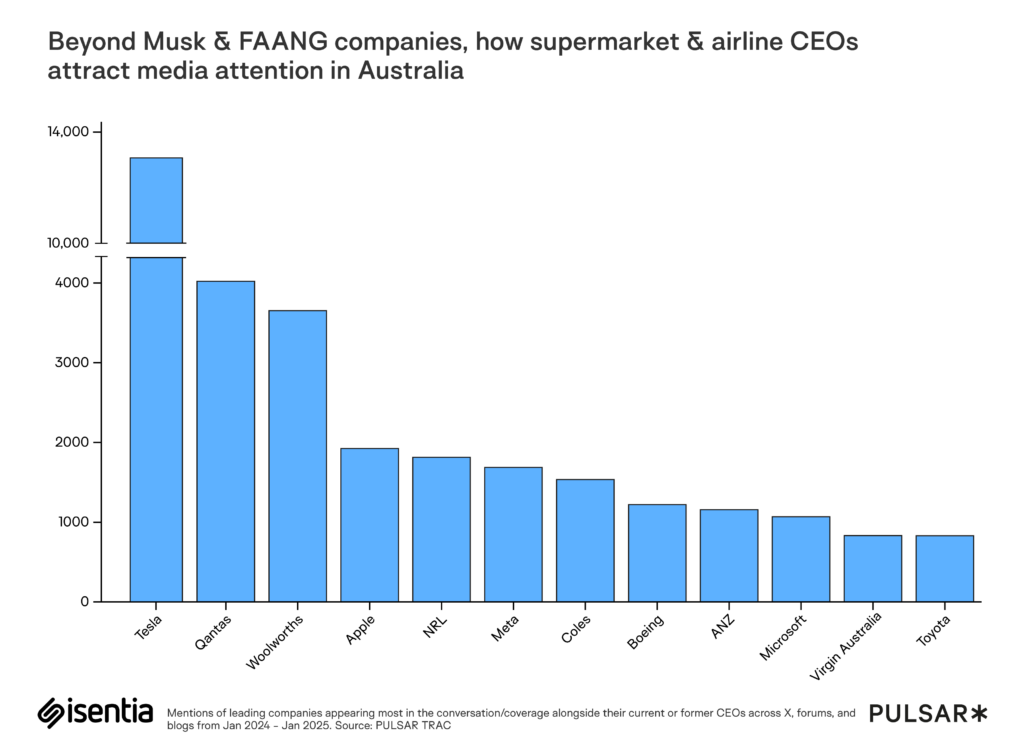
Qantas faced scrutiny over Alan Joyce’s ties to Prime Minister Albanese amid Qatar Airways’ expansion bid, drawing political coverage from outlets like SBS, ABC, and The Saturday Paper. Mainstream TV focuses on CEO-led product launches, while investigative outlets examine scandals, fundraising, and controversial strategies like Tesla’s ‘walled gardens’. Niche platforms like Renew Economy explore CEOs’ strategic decisions in emerging industries, such as Elon Musk’s push for Tesla’s battery dominance. Local outlets, like Newcastle Weekly, highlight CEOs’ roles in community impact, as seen with NRL’s Andrew Abdo and the Beanie for Brain Cancer Round. These stories reflect how media attention pivots from corporate achievements to the personal and political dimensions of CEO influence.
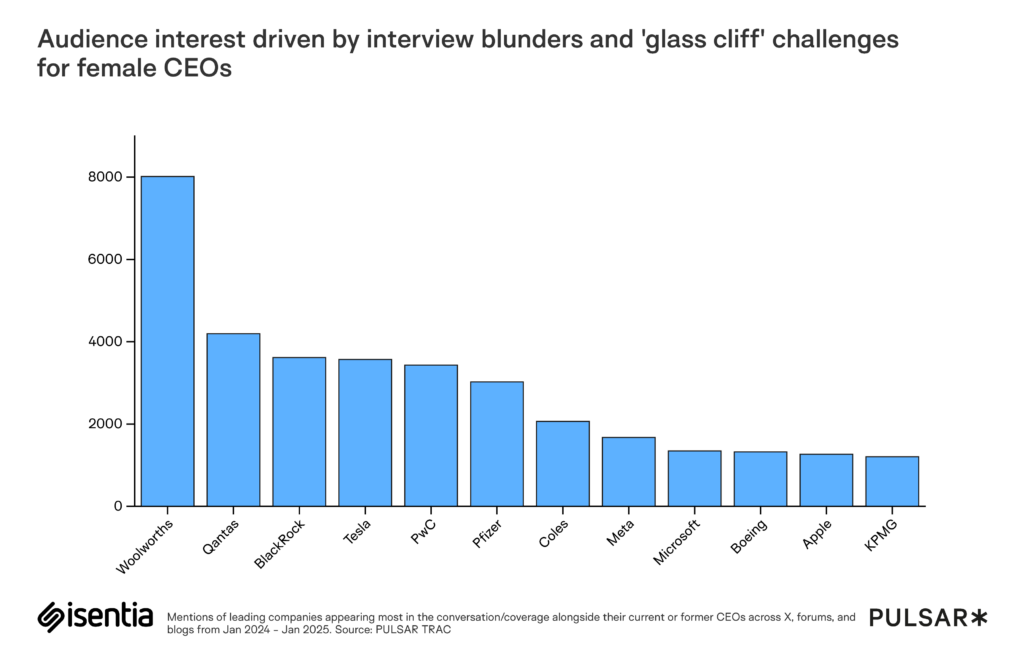
On social media, controversies can quickly gain traction, often turning CEOs into symbols of broader debates. This was evident in the viral moments surrounding former Pfizer CEO Albert Bourla’s comments, where he likened disinformation on social media to historical persecution. Meanwhile, Coles CEO Leah Weckert found herself at the centre of a storm when a clipped moment from her Four Corners interview spread rapidly on social platforms. The clip reminds corporations of the increasing need to control the narrative in a world where moments of vulnerability can quickly be amplified. While, scrutiny over PM Albanese’s private meetings with CEOs, including BlackRock’s Larry Fink, raises concerns on social media about the growing overlap between corporate influence and government decision-making. CEOs must navigate the power of social platforms where clipped, emotionally charged moments can swiftly reshape reputations and spark widespread debate.
The focus on CEOs as catalysts in an organisation’s successes, with concepts like the ‘glass cliff,’ alongside media coverage of personal aspects—such as the scrutiny over Jane Hrdlicka’s $17 million property portfolio—blurs the line between business leadership and celebrity, highlighting how leadership narratives are shaped by sensationalism and bias. As such, leaders and organisations are held to an increasingly high standard, requiring a blend of transparency, accountability, and proactive narrative control.
The post CEOs under the lens: How media and social conversations shape perceptions of business leaders appeared first on Isentia.

